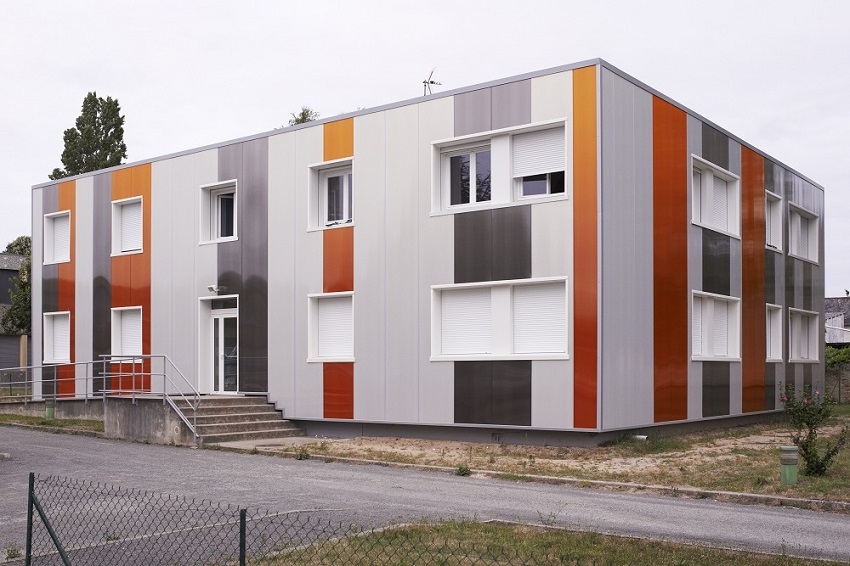
One of the most important features that the latest forms of rainscreen cladding have is the ventilated cavity. These days it is buildings that make up to 40% of energy consumption in the main powerhouse countries in the world. This is why insulation is becoming such a big trend and many architects are having to carefully look at the R-rating of the structures they are designing and with what materials and types of products they are using for the building.
It is also important to ensure that gas is properly distributed throughout these cavities to ensure that there is not an excessive build-up that could lead to big problems down the line. This is why there is a lot of research currently being carried out when it comes to rainscreen cladding, as the presence of even a small amount of methane the molar concentration of the cavity is going to be significantly decreased, which is not desirable.
Danpal’s Rainscreen Cladding system
 Systems like the Danpal VRS Rainscreen Cladding System achieve great energy efficiency thanks to the optimal ventilation and water tightness of the system. Natural ventilation is achieved thanks to an air gap which allows for a connective motion of air to permeate throughout the gap behind the panels. This will insure that the insulation remains dry and that efficiency is maximised over time. Thanks to the system double notching; which achieves a superb level of water tightness.
Systems like the Danpal VRS Rainscreen Cladding System achieve great energy efficiency thanks to the optimal ventilation and water tightness of the system. Natural ventilation is achieved thanks to an air gap which allows for a connective motion of air to permeate throughout the gap behind the panels. This will insure that the insulation remains dry and that efficiency is maximised over time. Thanks to the system double notching; which achieves a superb level of water tightness.
The rainscreen cladding market has become huge in recent years, with estimations pointing towards it being worth $12.1 billion by 2022. This is due to more and more architects and developer steering towards more environmentally and energy friendly options when it comes to the design and building of their structures.
Learn more on Rainscreen Cladding here.
